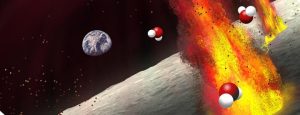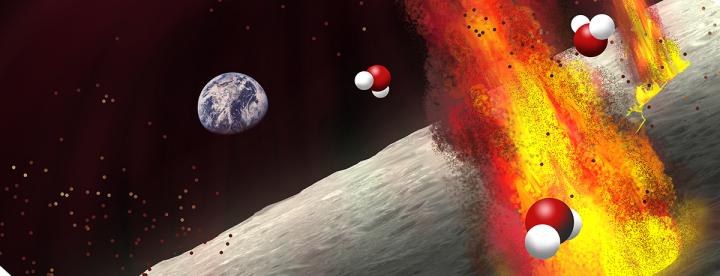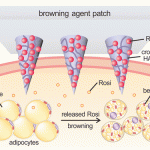
CREDIT:
Olga Prilipko Huber
The keen interest in knowing whether there is water on the moon has helped inspire several recent lunar missions, partly to see if life is possible, but also because any realistic chance of colonizing becomes less feasible. While liquid water cannot endure at the Moon’s harsh surface, ice is believed to have survived at the Moon’s poles where it is eternally cold. But now there is evidence that there is perhaps a significant amount of water deep in the lunar interior in the layer between the crust and outer core. Researchers Ralph E. Milliken and Shuai Li at Brown University, have used light data and satellite imagery to measure the makeup of volcanic deposits scattered across the Moon’s mantle and calculated there is as much water as Earth’s interior.
The team’s investigation, published this week in Nature Geoscience, focused on tiny glass beads among the ancient ash and rocks left over from ancient volcanic eruptions that were brought back to earth in the 1970s as part of the Apollo 15 and 17 missions, which landed near zones of volcanic activity. The glass beads formed when magma spewed onto the lunar surface and crystallized in such a way that water became trapped inside. The team used more recent satellite data collected by the (ISRO) Chandrayaan-1 orbiter, to look for signs of water-bearing beads elsewhere on the moon. They found that the volcanic deposits are actually pervasive, which suggests that the moon’s interior holds a lot more water than previously thought. The study offers encouragement that we could some day return to colonize the Moon and mine the lunar interior for water instead of hauling it all the way from Earth.










